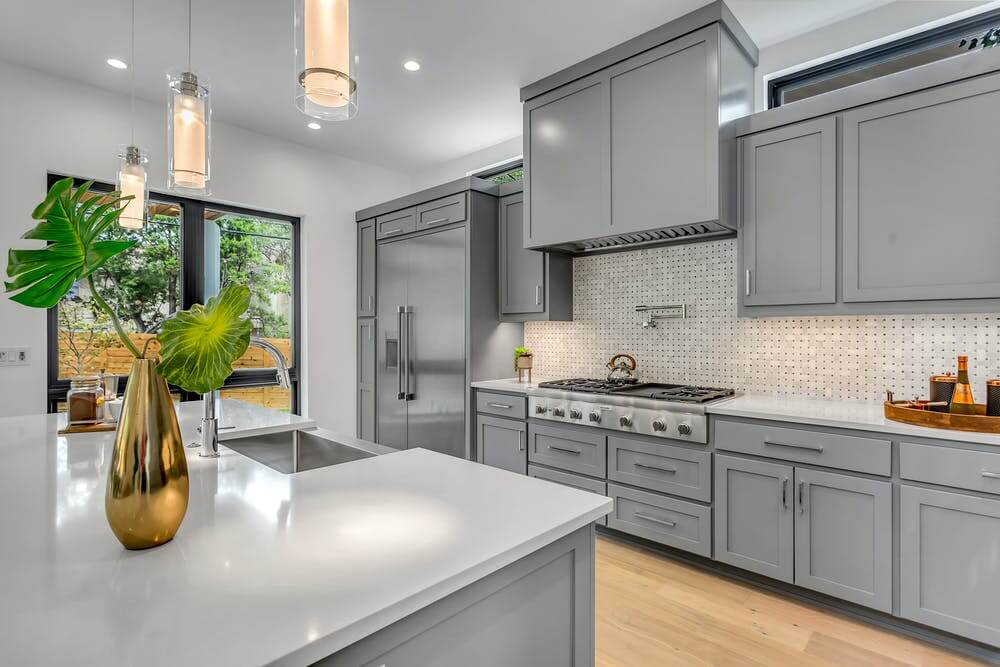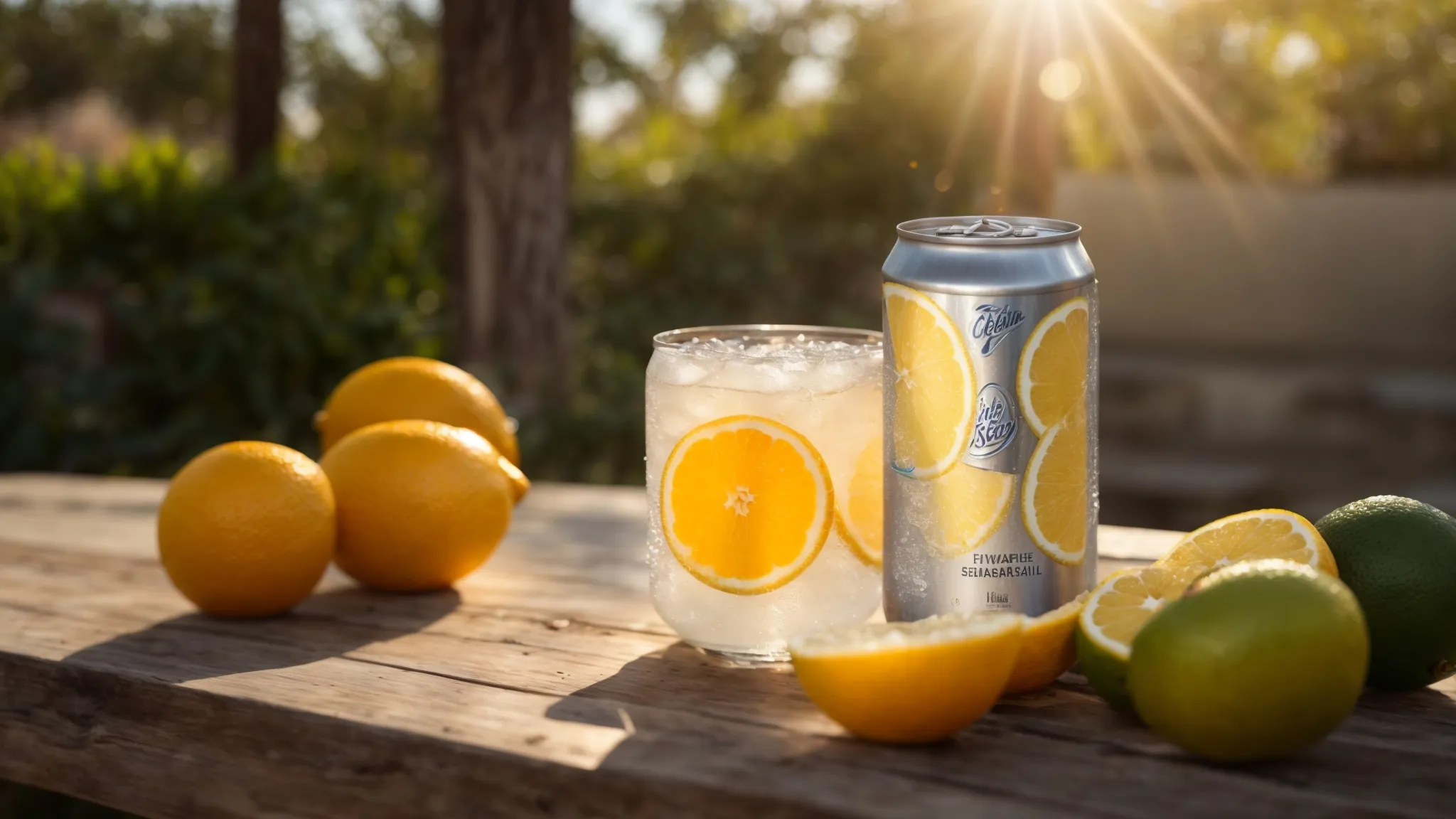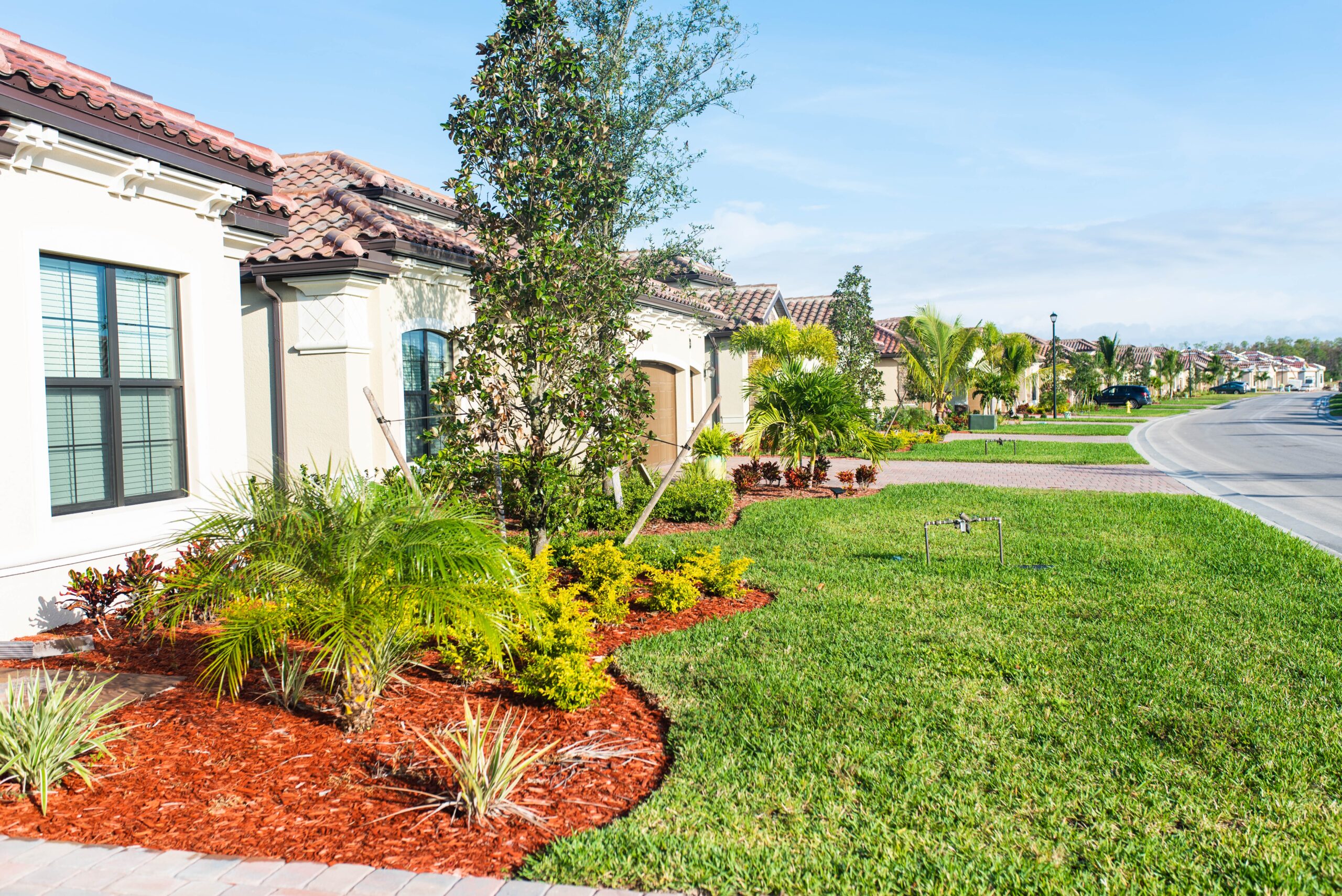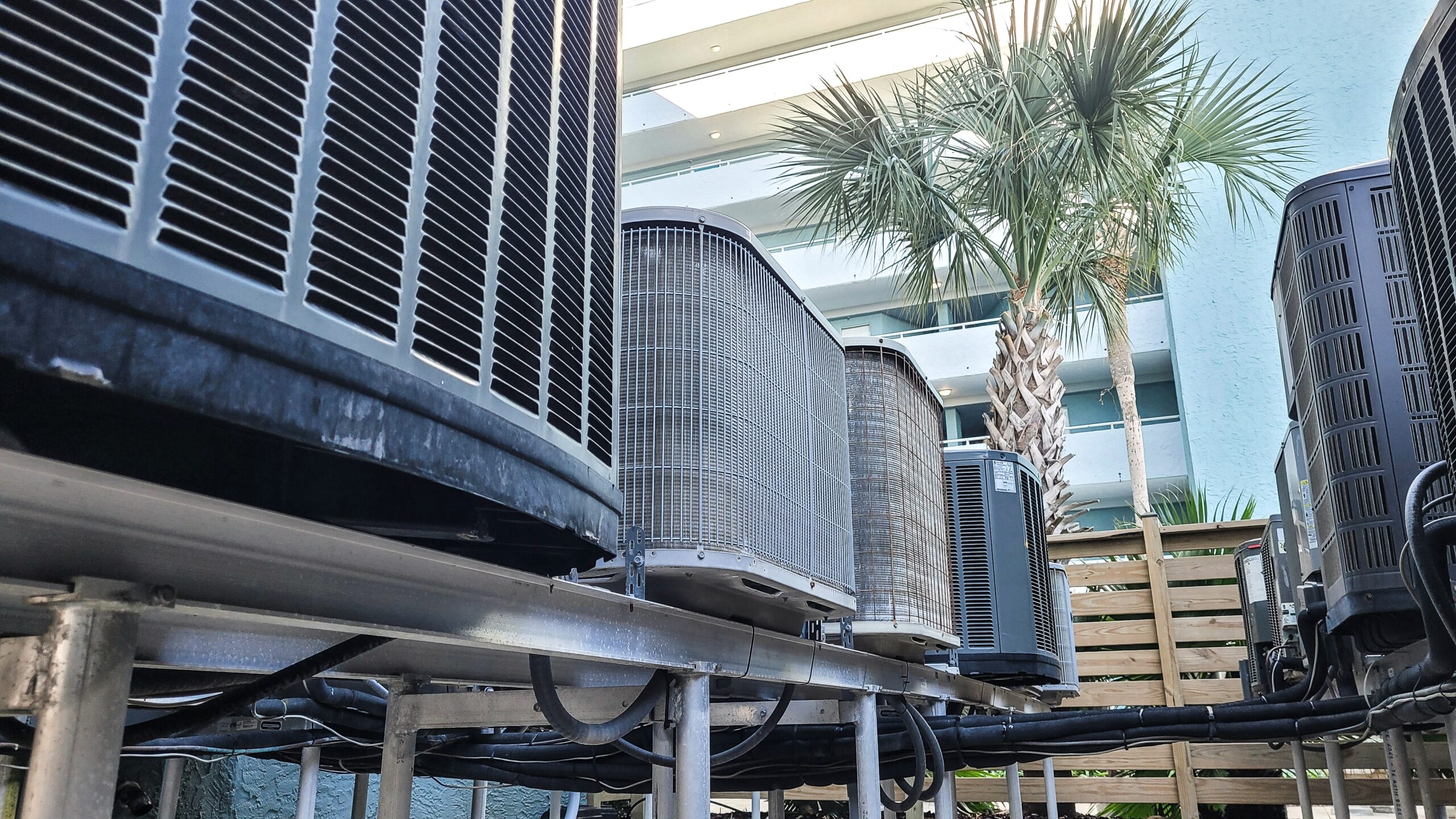Your kitchen’s backsplash can have a major impact on the room’s overall aesthetic. That’s why it’s so important to choose the right one. From tile to stone to wood backsplashes, the variety of materials can seem overwhelming. However, you also need to choose between a standard backsplash and a full option. Of course, there are pros and cons to both to make your decision just a bit more difficult.
Standard Backsplash: Pros and Cons
Much like the difference in names would imply, a standard backsplash covers less surface area than a full kitchen backsplash. A standard backsplash usually measures about four inches off of the top of the counter. Common materials for a standard backsplash include quartz and granite, though some homeowners choose to buy ceramic tiles for a more colorful accent.
Typically, the standard backsplash option is selected if you strictly want to protect your kitchen walls from grime, water splash, and cooking splatters. While this might sound like it’s placing function over form, there are some strong advantages to choosing a standard backsplash.
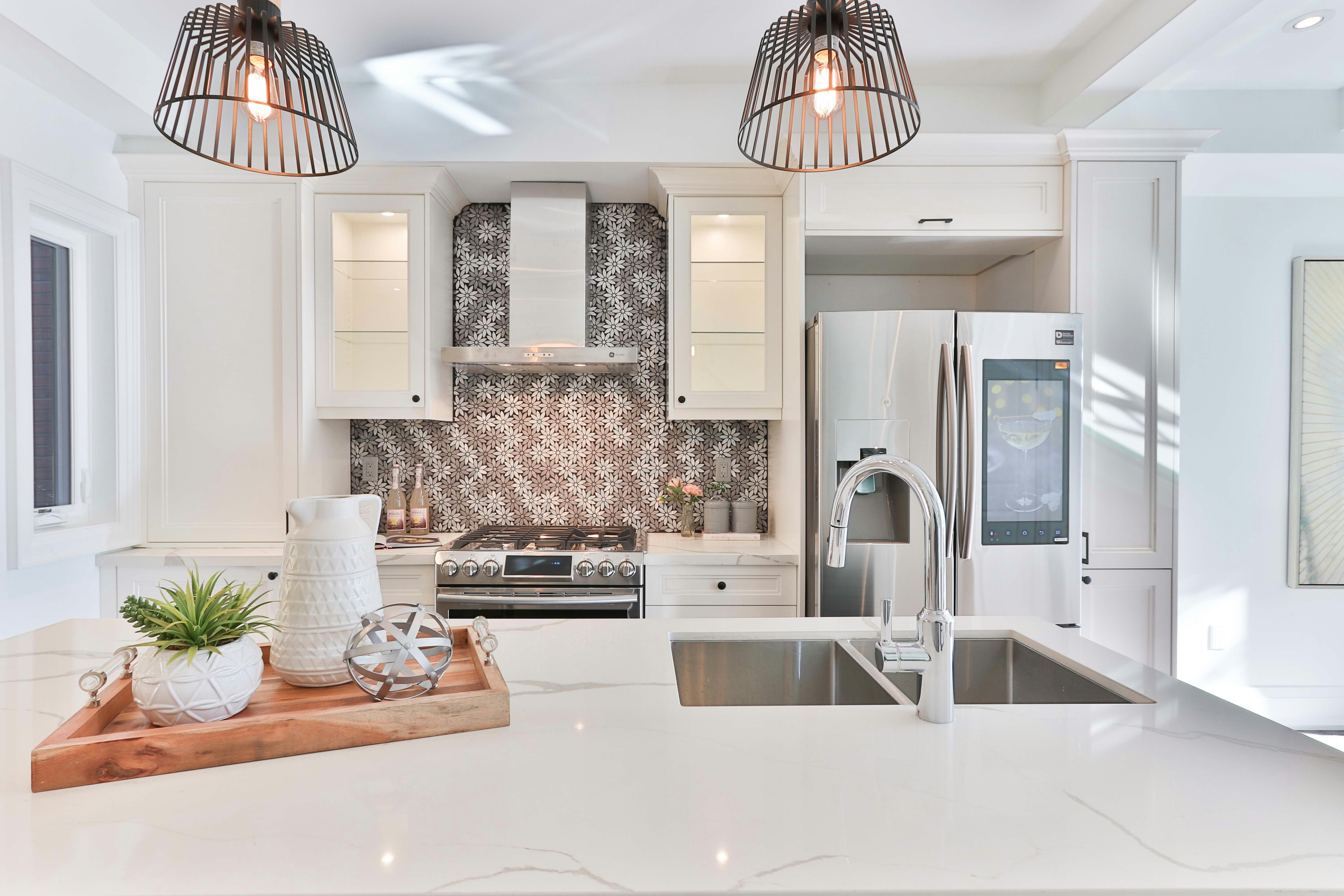
Firstly, since you’re covering less surface area, you’ll need fewer materials. Fewer materials mean the amount of money you’ll have to spend on resources will drop considerably. If you’re looking for a quick kitchen upgrade that won’t take much of your time, finances, or energy, the standard backsplash should be right up your alley. Second, the limited surface area means that refurbishment is that much easier.
Since a full backsplash covers a great swatch of the kitchen wall, that means any future renovations that need to take place will be on a much larger scale. Standard backsplash installation, removal, and swapping is much quicker and doesn’t require parts of your kitchen to be out of commission for long stretches of time.
The drawbacks of the standard backsplash are tightly intertwined with the benefits. It’s harder to match a standard backsplash with the rest of your kitchen and can leave your wall looking unfinished. Standard backsplashes are, on principle, much harder to match with your kitchen’s overall aesthetics and design choices. Also, the standard option doesn’t carry the long-term savings and wall protection as the full counterpart.
Full Backsplash Pros and Cons
Unlike the standard backsplash, the full backsplash covers most of the wall and extends from the countertop to the base of your cabinetry. With this option, the devil is truly in the details. With a full backsplash, you’re able to keep the aesthetics of your kitchen neat and orderly since it’s much easier to match a full backsplash to the rest of your cabinets and kitchen hardware.
Full spreads can also use a variety of materials but tile is the most common and tends to look the most modern. However, glass-paneled backsplashes are making waves these days, too. While you’re going to invest more money upfront, a full backsplash offers a greater degree of protection for your walls and is less likely to need to be replaced or refurbished which saves you money over time.
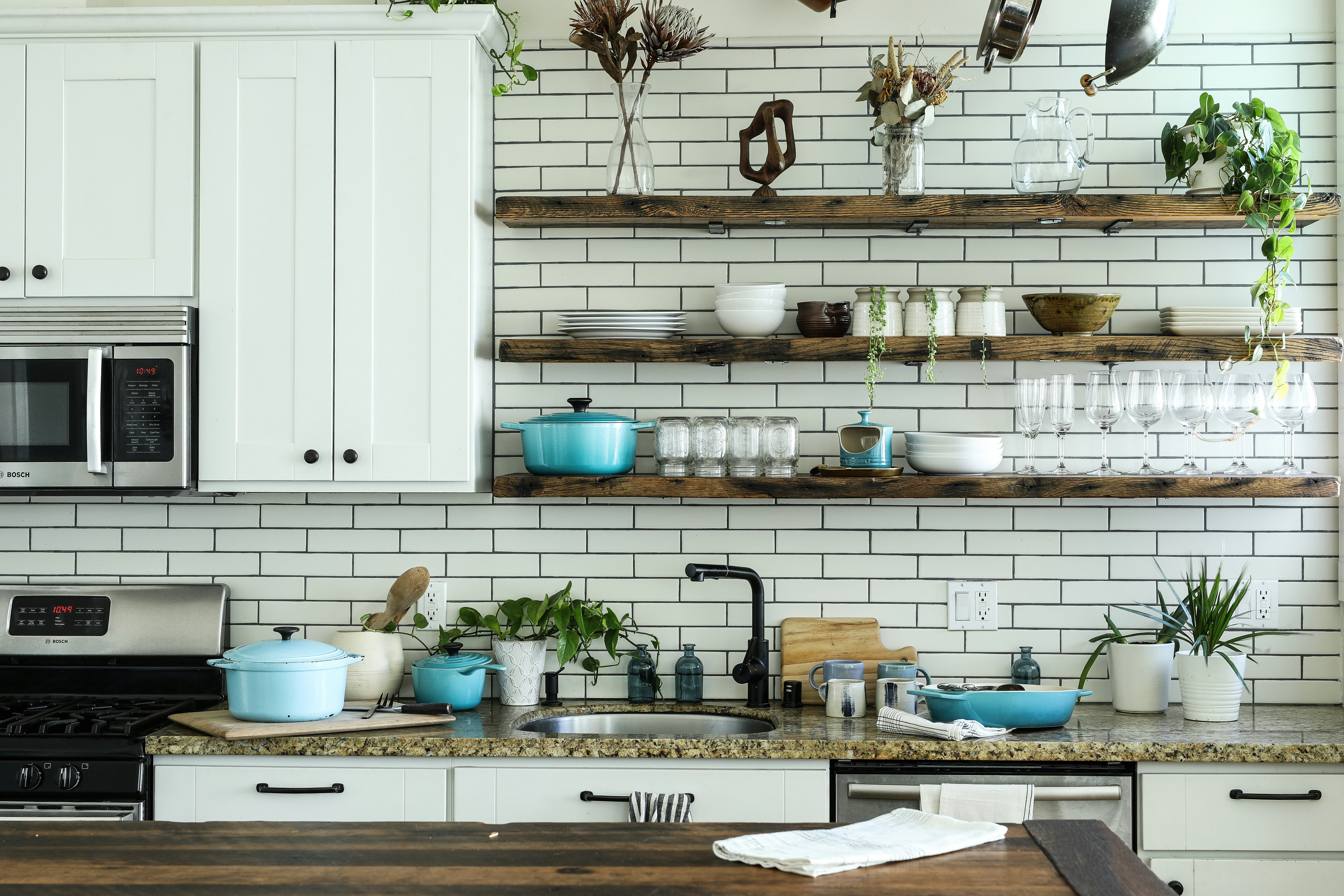
The full backsplash is the ideal choice for someone who wants to marry form and function. It’s imperative that you have the time and resources to complete such a project, however, as missing components and a patchy installation can make your wall look less-than aesthetically pleasing.
The Dextrous Backsplash
If neither option suits your fancy, you can always consider a dextrous backsplash. These are designs that don’t conform to your traditional backsplash conventions. It allows you more creativity during installation and draws guests and occupants to a focal point that truly makes a bold design statement.
Ultimately, your final decision will likely come down to time, money, and your unique aesthetic preferences. As long as you’re happy with the finished project, you can rest easy knowing you’ve made the right choice.



